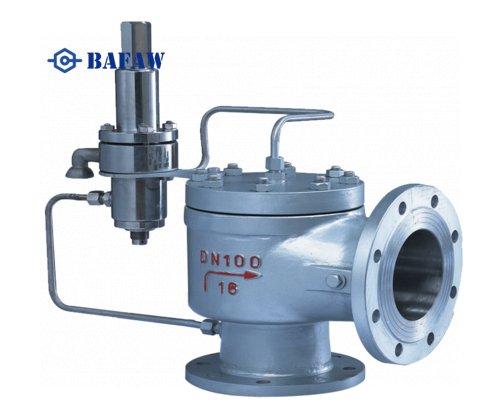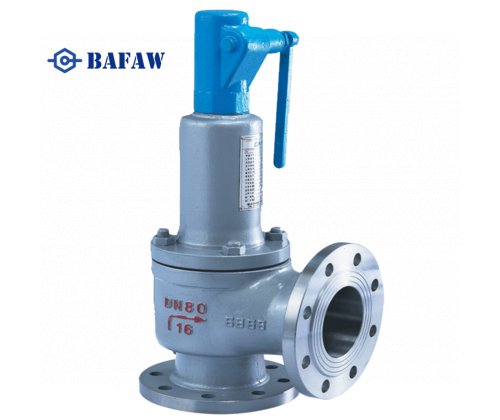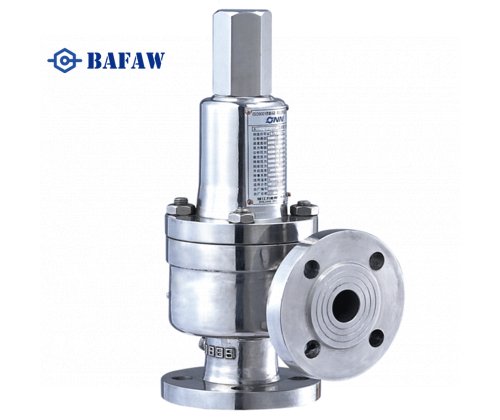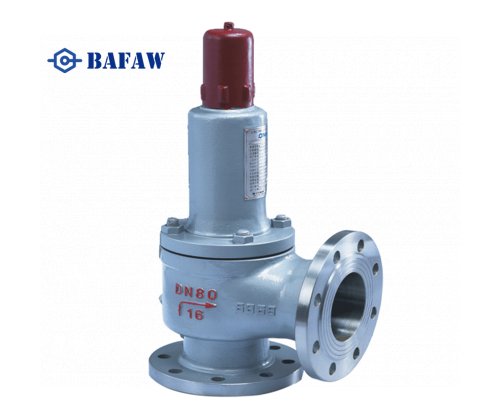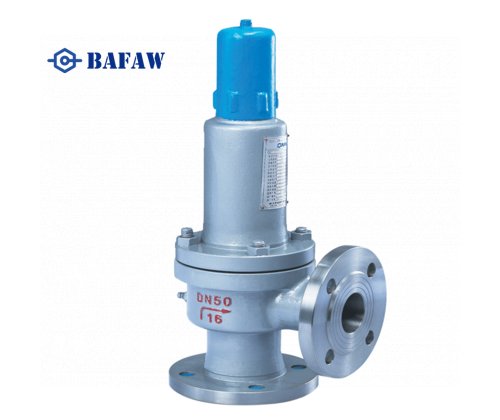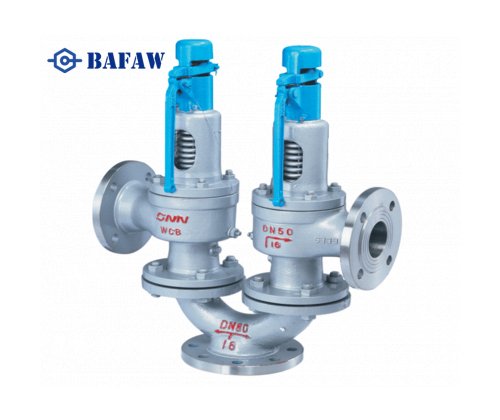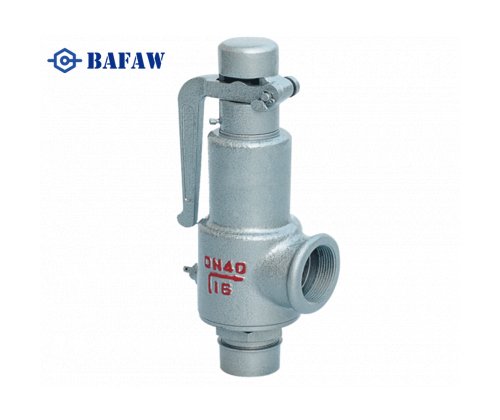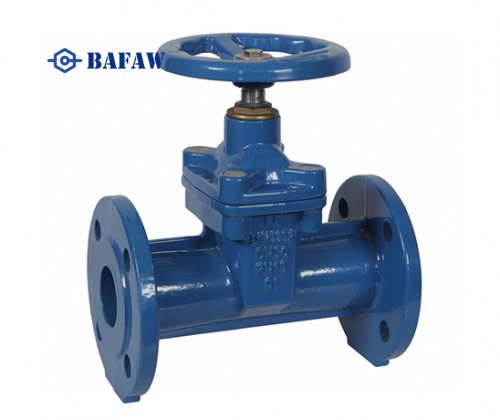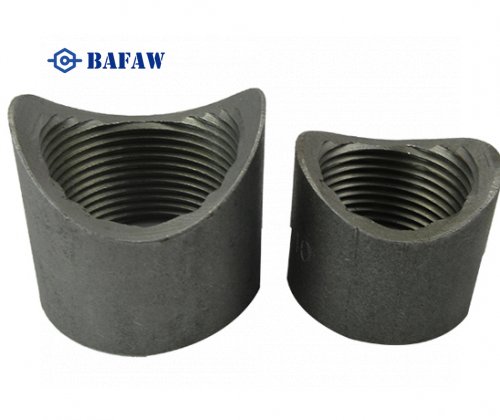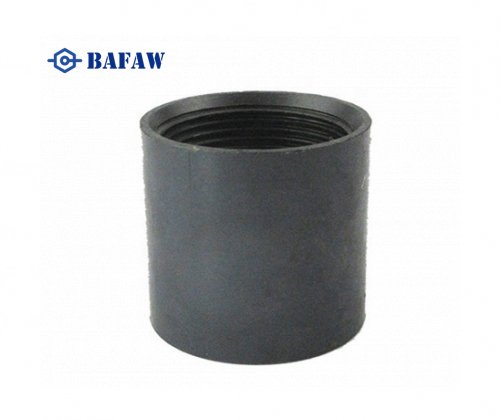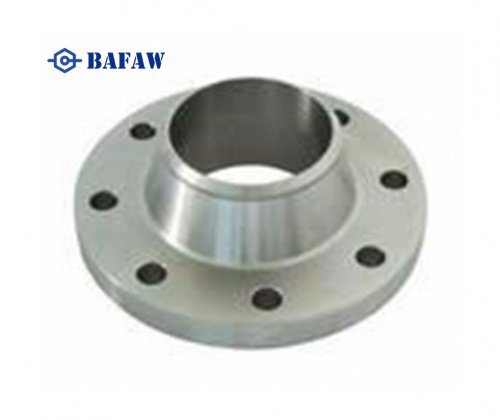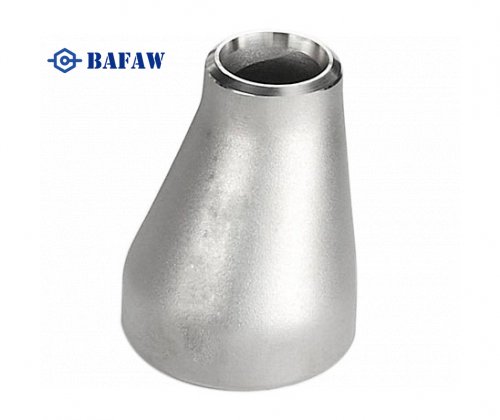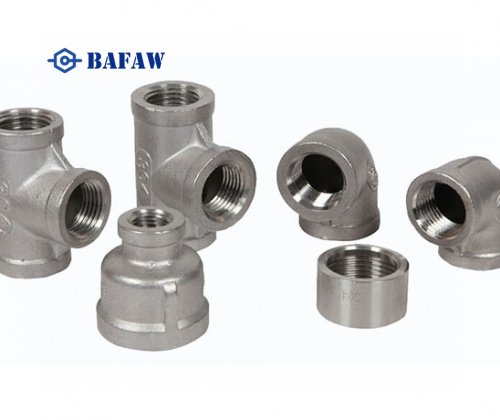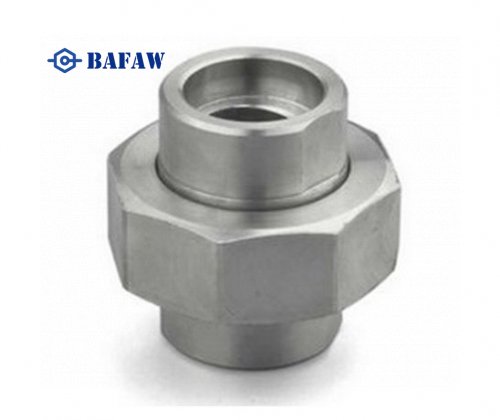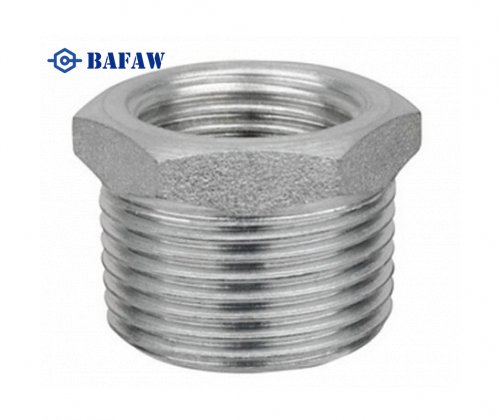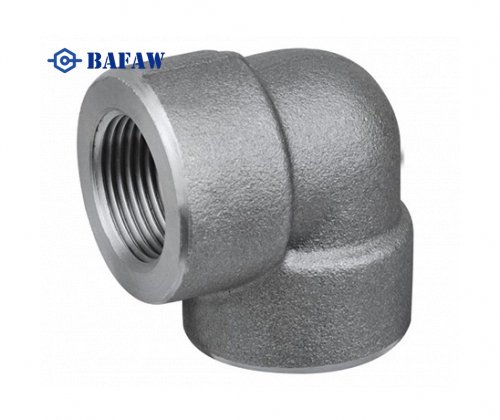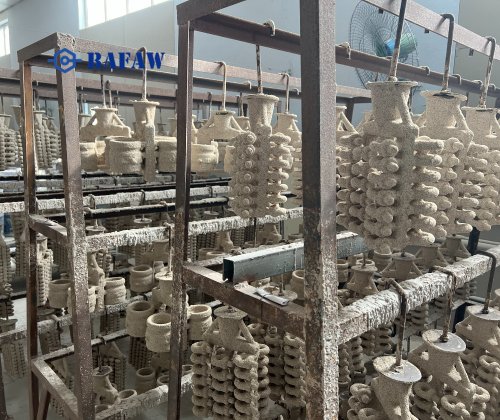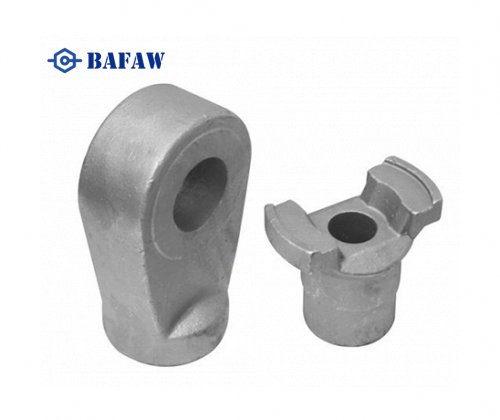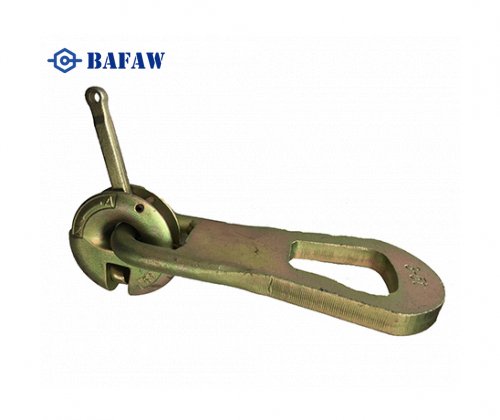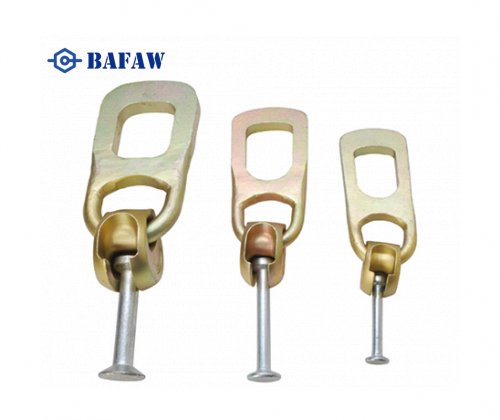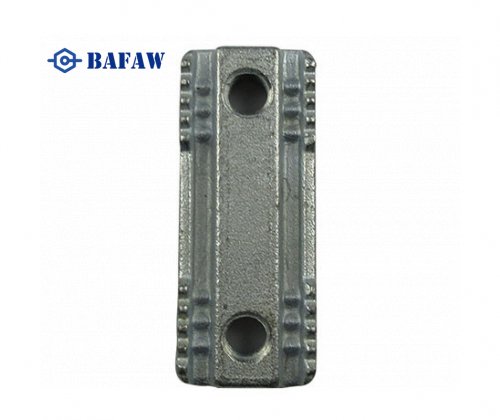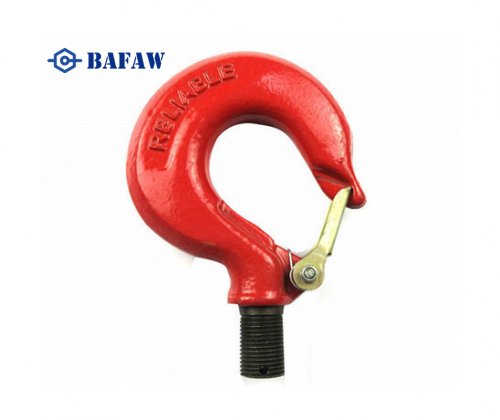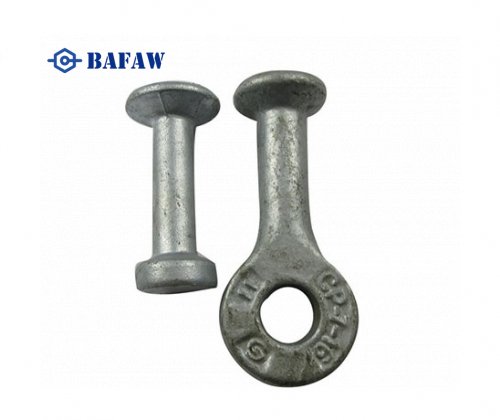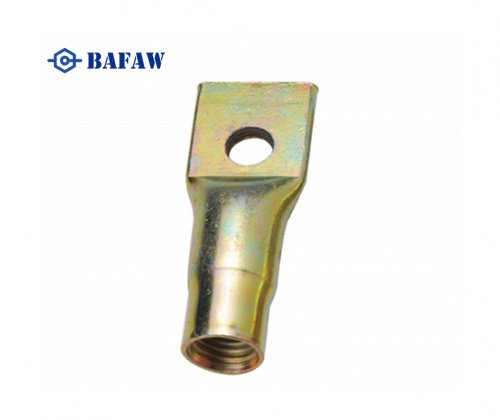Ensure that the upstream and downstream lines of the ball valve are relieved of pressure before performing any disassembly operations. When disassembling and reassembling, use caution to prevent damage to parts, especially the sealing surfaces of non-metallic parts. Use special tools when disassembling O-rings. Clean valve components with appropriate cleaning agents compatible with rubber parts, plastic parts, metal parts, and the working medium (e.g., gas).
For gas applications, use gasoline (GB484-89) to clean metal parts and water or alcohol to clean non-metallic parts. Clean individual parts by immersion and non-metallic parts with a clean, fine cloth. After cleaning, allow the cleaner to evaporate before assembling the parts.
New parts should be cleaned before assembly. Use grease that is compatible with the ball valve's metal materials, rubber parts, plastic parts, and working medium. Apply a thin layer of grease to the seal grooves, rubber sealing surfaces, and friction surfaces of the valve stem. When reassembling, tighten the bolts on the flange symmetrically, gradually, and evenly. Ensure that no metal fragments, fibers, grease (except for special applications), dust, or other contaminants are contaminated or left on the parts.
A well-maintained ball valve extends its service life and, in a way, saves money for the business or individual.
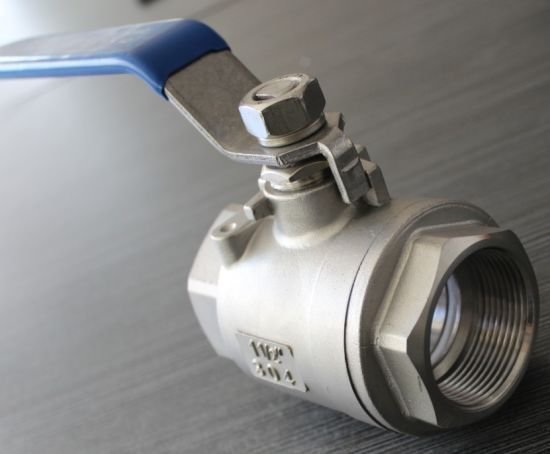
Assembly and testing after repair:
Stacking the fittings: accurately align and assemble the valve components.
Bolting: secure parts with bolts, ensuring symmetrical and even tightening.
Labeling: Properly record valve repair information for identification and traceability.
Pressure Test: Perform a pressure test to ensure the valve will function properly under operating conditions.
O2 Cleaning (if applicable): Clean valve components with an oxygen-compatible cleaner to remove any contaminants that may react with oxygen. Avoid unnecessary hazards from these residual contaminants


















